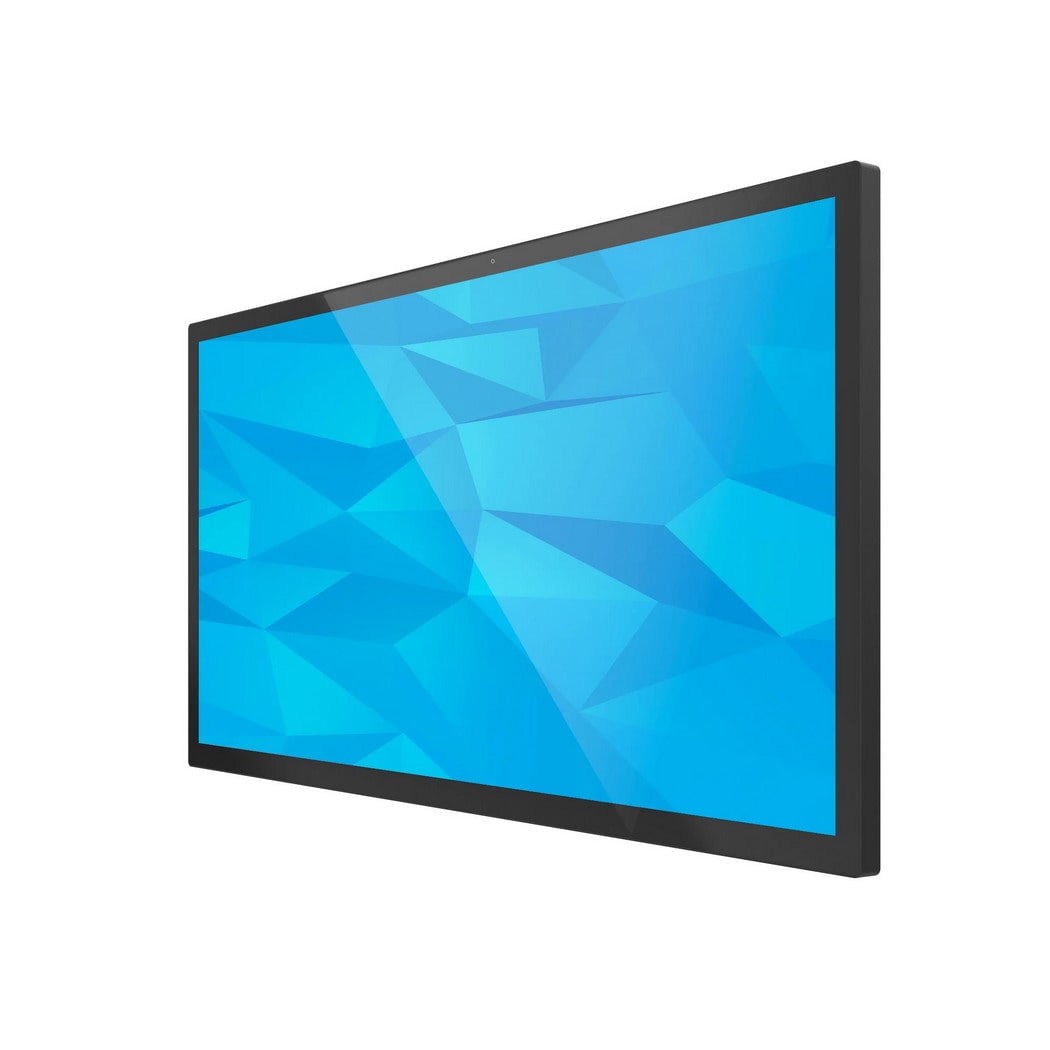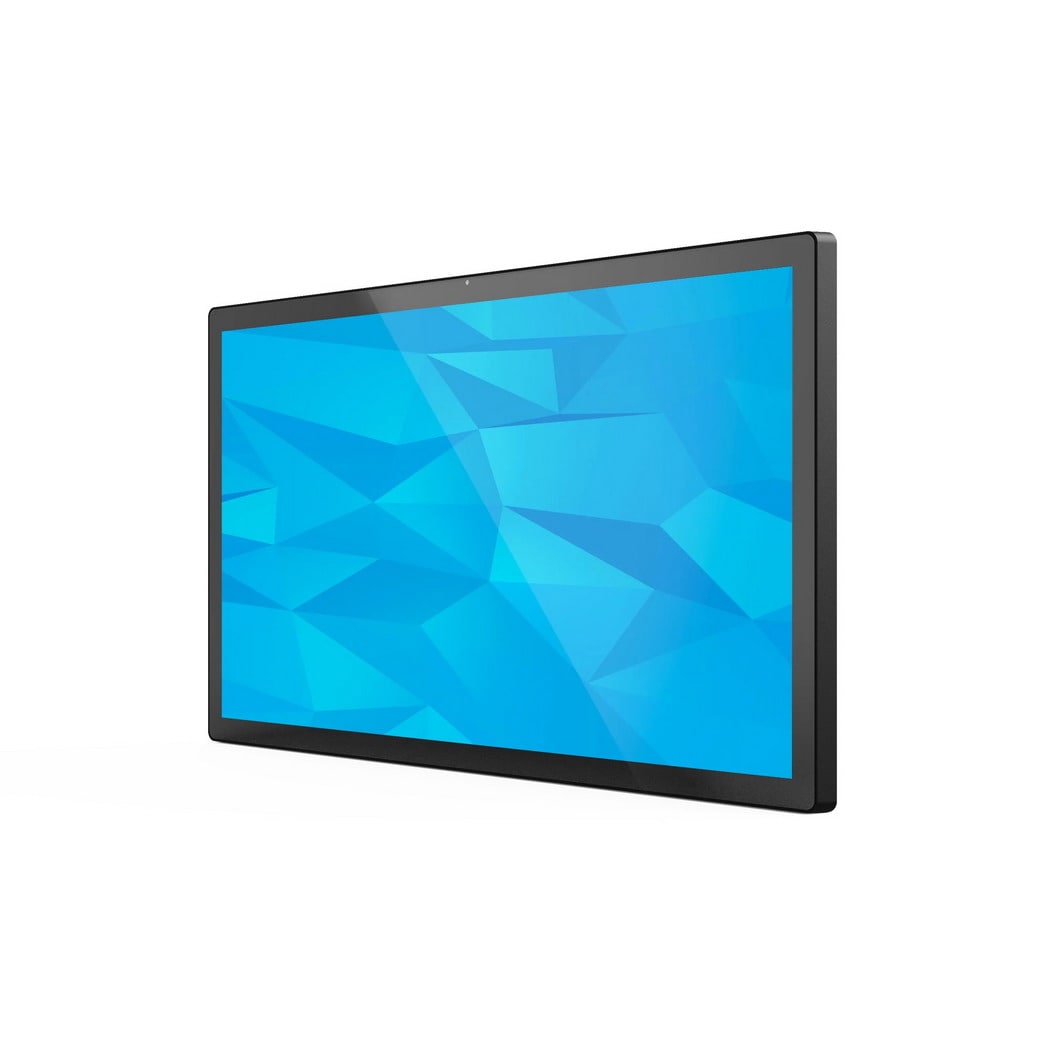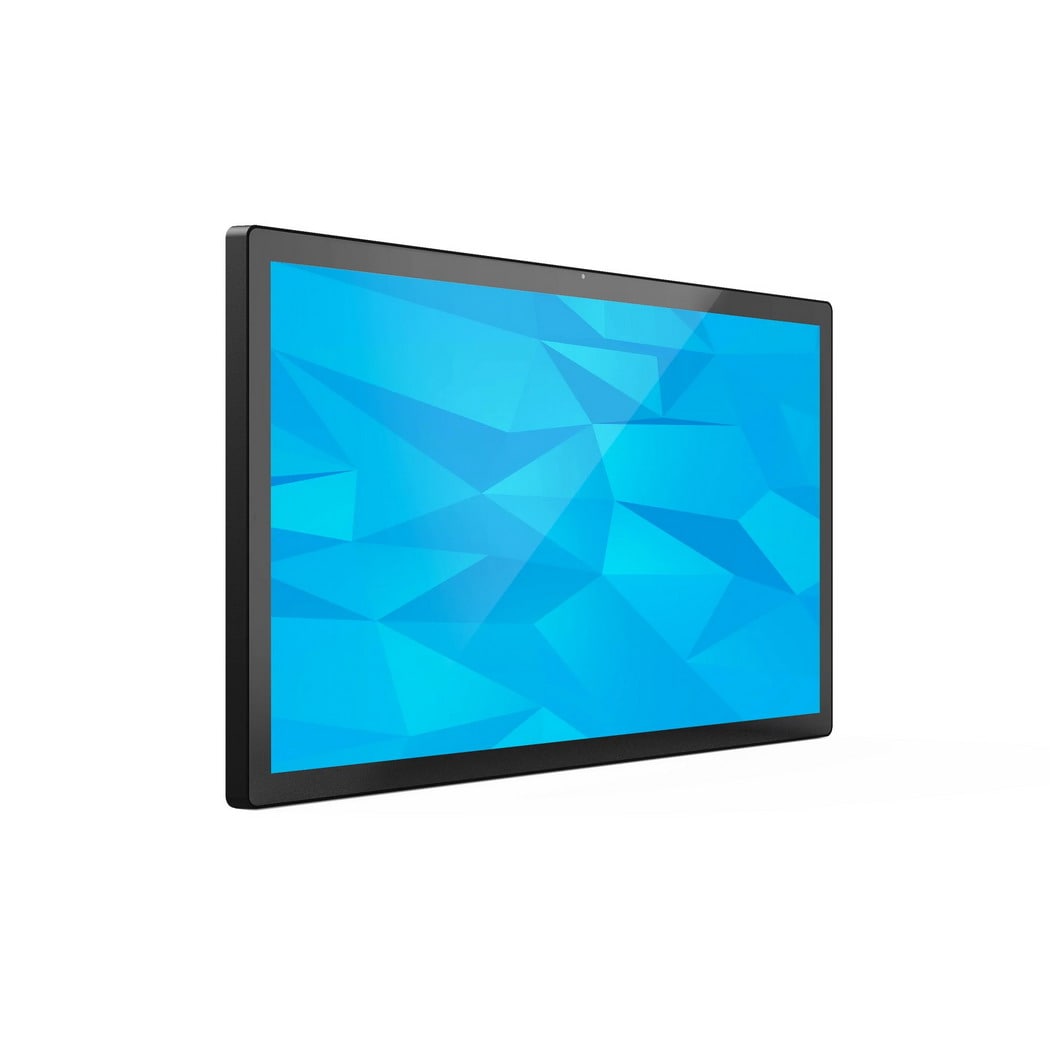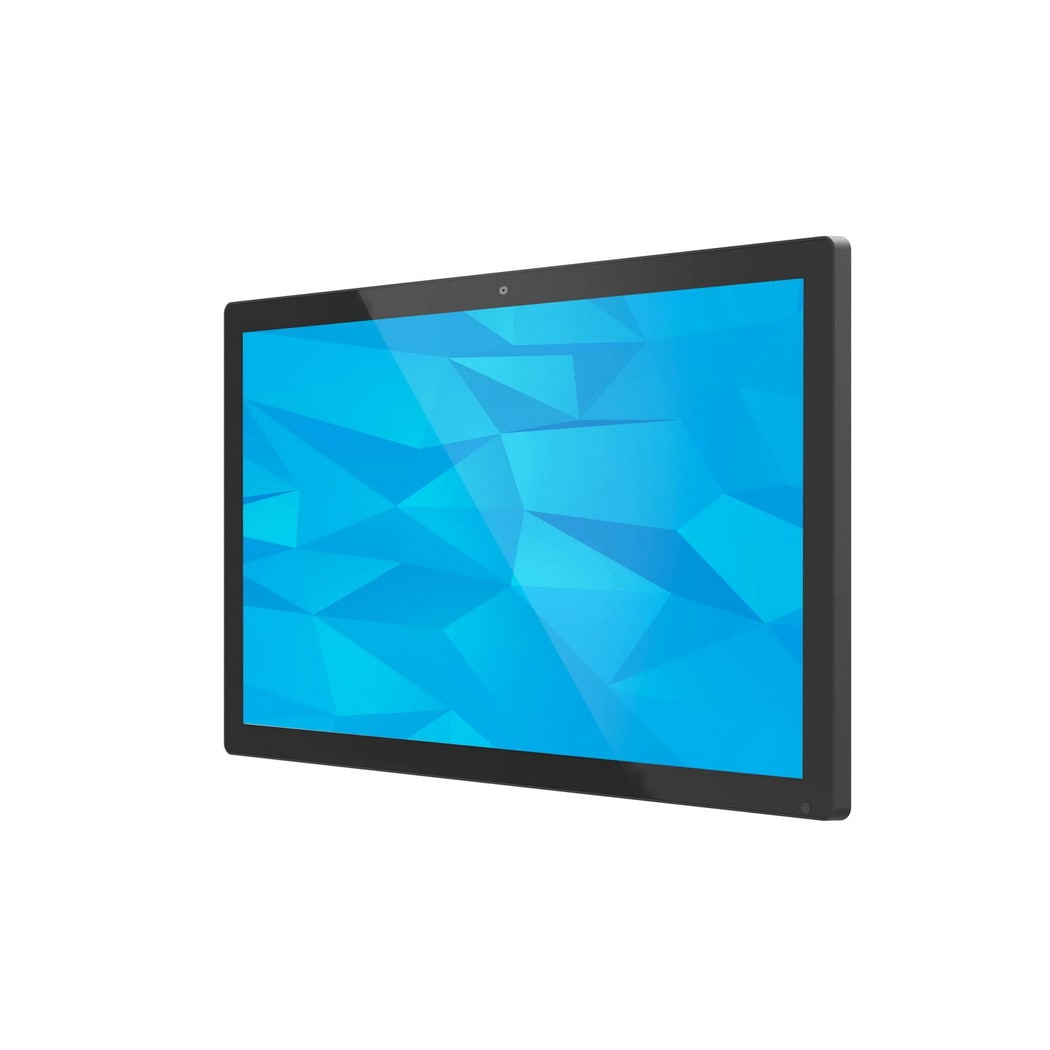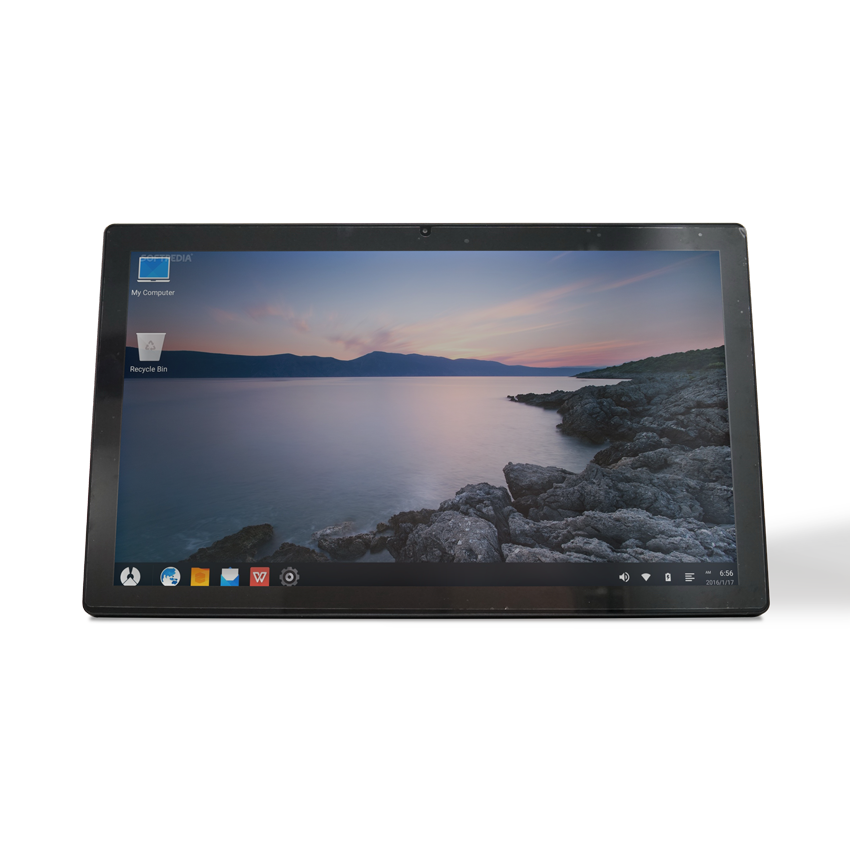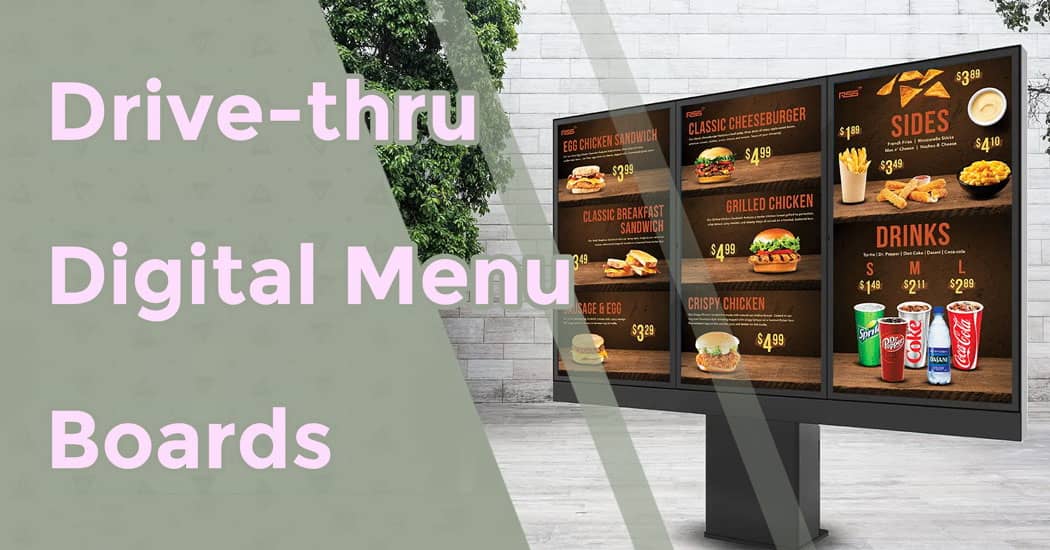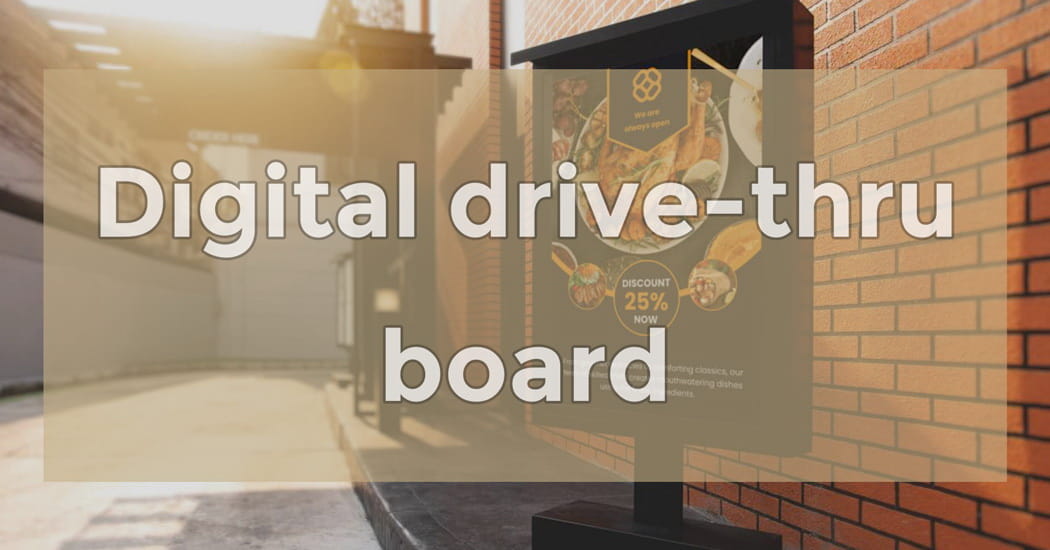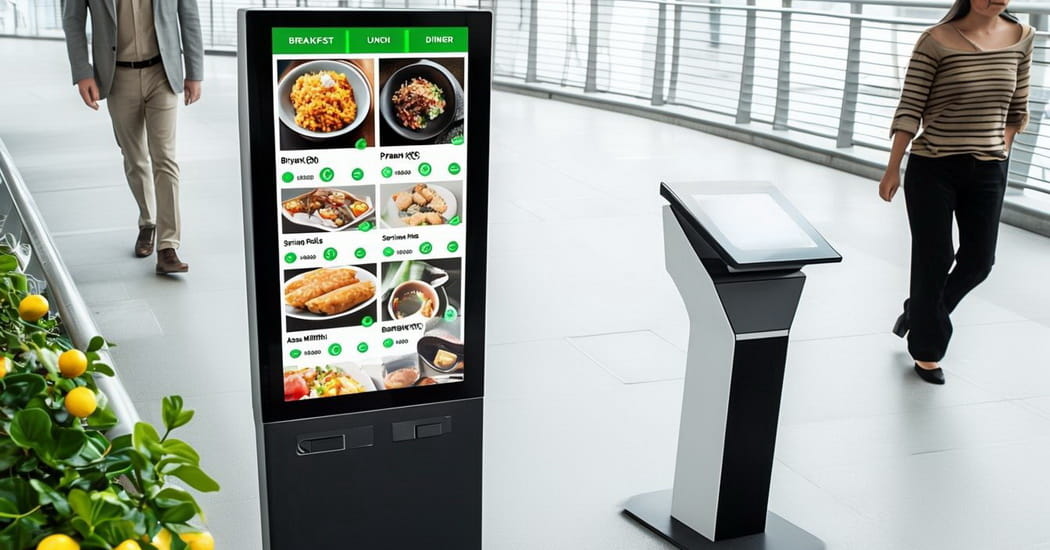
CVBS Port Explained: Analog Video Basics & Uses
What is a CVBS port, and why does it matter in today’s digital age? This guide breaks down its analog video transmission, common uses, and how to optimize connections for crisp composite video.
If you’ve ever hooked up an old DVD player or security camera, you’ve likely used a CVBS port—the yellow RCA jack that carries analog video. Short for “Composite Video Blanking Sync,” this unassuming connector dominated AV setups for decades, delivering standard-definition signals to CRT TVs and early LCDs.
Despite the rise of digital interfaces like HDMI, the CVBS port persists in niche applications, from retro gaming to industrial equipment. Its simplicity (just one cable for video) and compatibility with legacy devices make it a silent workhorse in analog systems. But how does it really work, and when should you consider upgrading? Let’s dive in.

What is CVBS port?
The name of CVBS is Composite Synchronous Video Broadcasting Signal or Composite Video Blanking and Synchronization.
CVBS is a widely used standard, also known as baseband video or RCA video, which is the traditional image data transmission method of (USA) National Television Standards Committee (NTSC) television signal, which transmits data in the analog waveform. Composite video contains color difference (hue and saturation) and luminance (brightness) information and transmits them on the same signal, synchronized in pedestal pulses.

It is a format in which an analog TV program (picture) signal is combined with a sound signal and modulated onto a radio frequency carrier. In fast-scan NTSC television, a very high frequency (VHF) or ultra-high frequency (UHF) carrier is the modulation amplitude used for composite video, and the resulting signal is about 6MHz wide.
Some CCTV systems use coaxial cable to transmit composite video over close distances, and some DVD players and video tape recorders (VCRs) provide composite video input and output through phono jacks, also known as RCA connectors.
In the composite video, the interference of color difference and brightness information is inevitable, especially when the signal is weak. This is why long-distance NTSC stations using VHF or UHF with old whip antennas, “bunny ears”, or outdoor “air” often contain false or bobbed colors.
CVBS is an older display method, more precisely, it is the first-generation video display output method (the second generation is S-VIDEO, the third generation is VGA, the fourth generation is DVI, and the fifth generation is HDMI).

CVBS port
1. Standard video input interface
Standard video input (RCA) interface: also called AV interface, it is a pair of white audio interface and yellow video interface. Just connect the cable to the corresponding interface.
The AV interface realizes the separate transmission of audio and video, which avoids the degradation of image quality caused by the interference of audio/video mixing, but because the AV interface still transmits a luminance/chroma (Y/C) mixed video Signals still require display devices to perform brightness/color separation and chroma decoding for imaging.

This process of first mixing and then separating will inevitably cause the loss of color signals, and there will be great opportunities for chroma signals and luminance signals to interact with each other.
Interference thus affects the image quality of the final output. AV still has a certain vitality, but due to its insurmountable shortcoming of Y/C mixing, it cannot be used in some occasions where the visual limit is pursued.
2. Video component input interface
Video component input interface: Currently, you can see interface signs marked with YUV YCbCr Y/B-Y/B-Y on some professional-level video workstations/editing cards, professional-level video equipment, or high-end DVD players. Different but all refer to the same interface component port (also known as component video interface).
It usually uses YCbCr and YPbPr two logos, the former means interlaced scanning color difference output, the latter means progressive scanning (many manufacturers use YPbPr to represent progressive scanning, but the American standard YPbPr only identifies analog video component interfaces, supports 525i, 625i, 525p, 625p, 720i, 720p, etc., there is no distinction between progressive and interlaced) component output.
It can be seen from the above relationship that we only need to know the value of Y Cr Cb to get the value of G (that is, the fourth equation is not necessary), so in the process of video output and color processing, the green difference Cg is uniformly ignored and only the value of G is retained. Y Cr Cb, this is the basic definition of color difference output.

As an advanced product of S-Video, chrominance output decomposes the chrominance signal C transmitted by S-Video into chrominance Cr and Cb, thus avoiding the process of mixing and decoding two-way chrominance and separating them again, and also maintaining the maximum chrominance channel Wide bandwidth, it can be restored to the RGB three primary color signals and imaged only through the inverse matrix decoding circuit, which shortens the video signal channel between the video source and the display imaging to the greatest extent, and avoids the image caused by the cumbersome transmission process Distortion, so the interface mode of component output is the best one among various video output interfaces.
3. BNC interface
BNC port: A connector usually used for workstations and coaxial cable connections, standard professional video equipment input and output ports. The BNC cable has 5 connectors for receiving red, green, blue, horizontal sync, and vertical sync signals.
The BNC connector is different from the special display interface of the ordinary 15-pin D-SUB standard connector. It consists of R, G, and B three primary color signals, and five independent signal connectors for line synchronization and field synchronization.

It is mainly used to connect workstations and other systems that require high scanning frequency. The BNC connector can isolate the video input signal, reduce the interference between signals, and the signal bandwidth is larger than that of ordinary D-SUB, which can achieve the best signal response effect.
Application
CVBS port is widely used in audio and video transmission occasions, such as 4k tv box android, interactive classroom display, Digital photo video frame, and other equipment.
Looking at the technological replacement of audio and video interfaces, after analog signal interfaces such as CVBS, S-Video, YPbPr, and VGA, nearly In recent years, digital signal interfaces have developed rapidly, such as DVI, HDMI, DP, etc., which are likely to replace analog signal interfaces.
While the CVBS port may seem outdated in a 4K world, its legacy lives on. Many security DVRs, vintage gaming consoles, and even automotive backup cameras still rely on this analog connection for its plug-and-play reliability. However, if you’re battling ghosting, color bleed, or low resolution, it might be time to explore modern alternatives like HDMI converters or IP-based systems.
At ShiningLTD, we specialize in bridging old and new tech. Whether you need a CVBS port adapter, a signal booster, or advice on migrating to digital, our team is here to help. Contact us today for tailored solutions that keep your equipment running smoothly—without compromising quality.
Not entirely. The CVBS port remains useful for legacy devices (e.g., VCRs, older surveillance systems) but is phased out in modern home theaters.
Closely related post:
Latest updated post:
Latest products:
